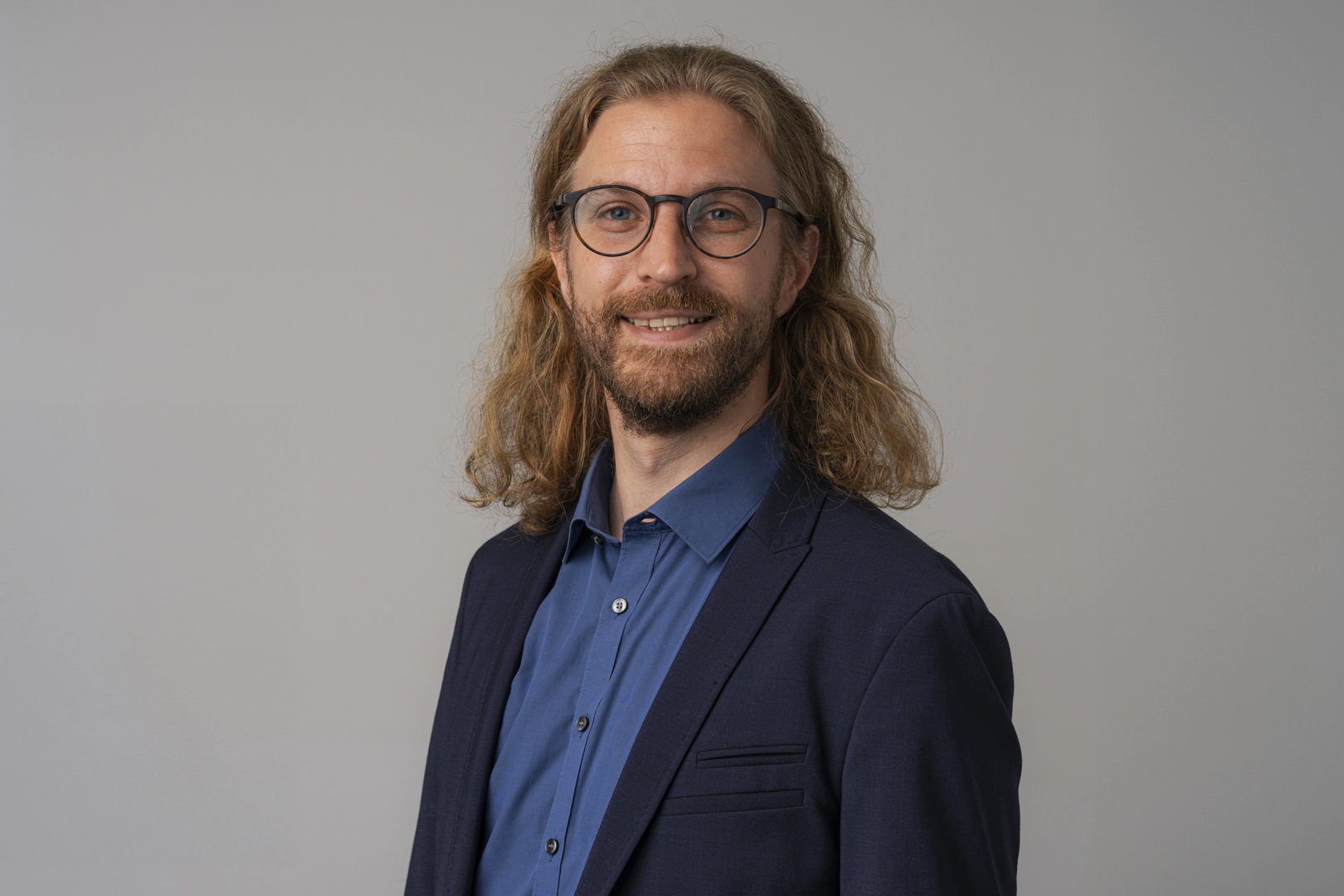Matthias Wilhelm
Research leader

Project title
Leveraging Algebraic Geometry for High-Precision Fundamental Physics
What is your project about?
What are the most fundamental constituents of matter? And what are their most fundamental interactions? Humankind’s quest to answer these questions has led us to both the standard model of particle physics, and Einstein’s theory of general relativity. However, the answers these two theories provide are still incomplete. Further advancing our understanding of fundamental physics calls for precision predictions of a yet unreached degree to compare to precision experiments – to discover new physics via tiny deviations between the two. This call is particularly timely for two large-scale experimental efforts, namely the Large Hadron Collider, where no new particle has been found since the discovery of the Higgs boson (Higgs particle) in 2012, and gravitational-wave observatories, which allow us to probe general relativity and the standard model via mergers of black holes and neutron stars.
How did you become interested in your particular field of research?
Already as a child, I tried to understand how things worked, for example, by tinkering with my aunt's broken cuckoo clock and trying to repair it. As I grew up, my interest became more fundamental, leading me to study physics and mathematics. Now, I am conducting research at the interface of physics and mathematics, developing the mathematical language and computational tools that allow us to make precision predictions to further our understanding of the most fundamental constituents of matter and their interactions.
What are the scientific challenges and perspectives in your project?
A key ingredient in precision predictions in fundamental physics is Feynman integrals, named after the Nobel laureate Richard Feynman. These integrals are a key obstacles, both because integration itself is a notoriously hard problem, and because completely new mathematical functions arise in these integrals, which stem from intricate geometries. Using techniques from pure mathematics, I plan to improve our understanding of the occurring mathematical functions to a degree that allows us to circumvent all complications of traditional methods.
What is your estimate of the impact, which your project may have to society in the long term?
The aim of this project is to provide precision predictions that allow us to make exciting experimental discoveries about the most fundamental constituents of matter and their interactions. While this is fundamental research aimed at understanding, history tells us that this kind of research frequently leads to technological applications that serve society. For example, Albert Einstein discovered general relativity motivated by a tiny deviation in the movement of the planet Mercury. Today, we have GPS, which would not be possible without Einstein's discovery. GPS, in particular, guides ambulances to the quickest route to the hospital, and thus saves lives.
Which impact do you expect the Sapere Aude programme will have on your career as a researcher?
I am greatly honoured to receive this Sapere Aude: DFF-Starting Grant, and the recognition of my research. The grant will provide me with the necessary resources to pursue my ambitious research agenda and allow me to further establish myself as a leader in my field.
Background and personal life
I grew up in Bonn, Germany. I now live in Copenhagen with my wife and our two sons, aged 5 and 2. I love spending time with my family, exploring nature together, hiking through the forests and along the lakes north of Copenhagen on weekends, and through the mountains during holidays. When family life permits, I enjoy the opportunity to go ballroom dancing with my wife and to go bouldering.
View all research leaders here
Research institution
University of Copenhagen
Research field
Physics
City of your current residence
Copenhagen
High school
Carl-von-Ossietzky-Gymnasium Bonn
